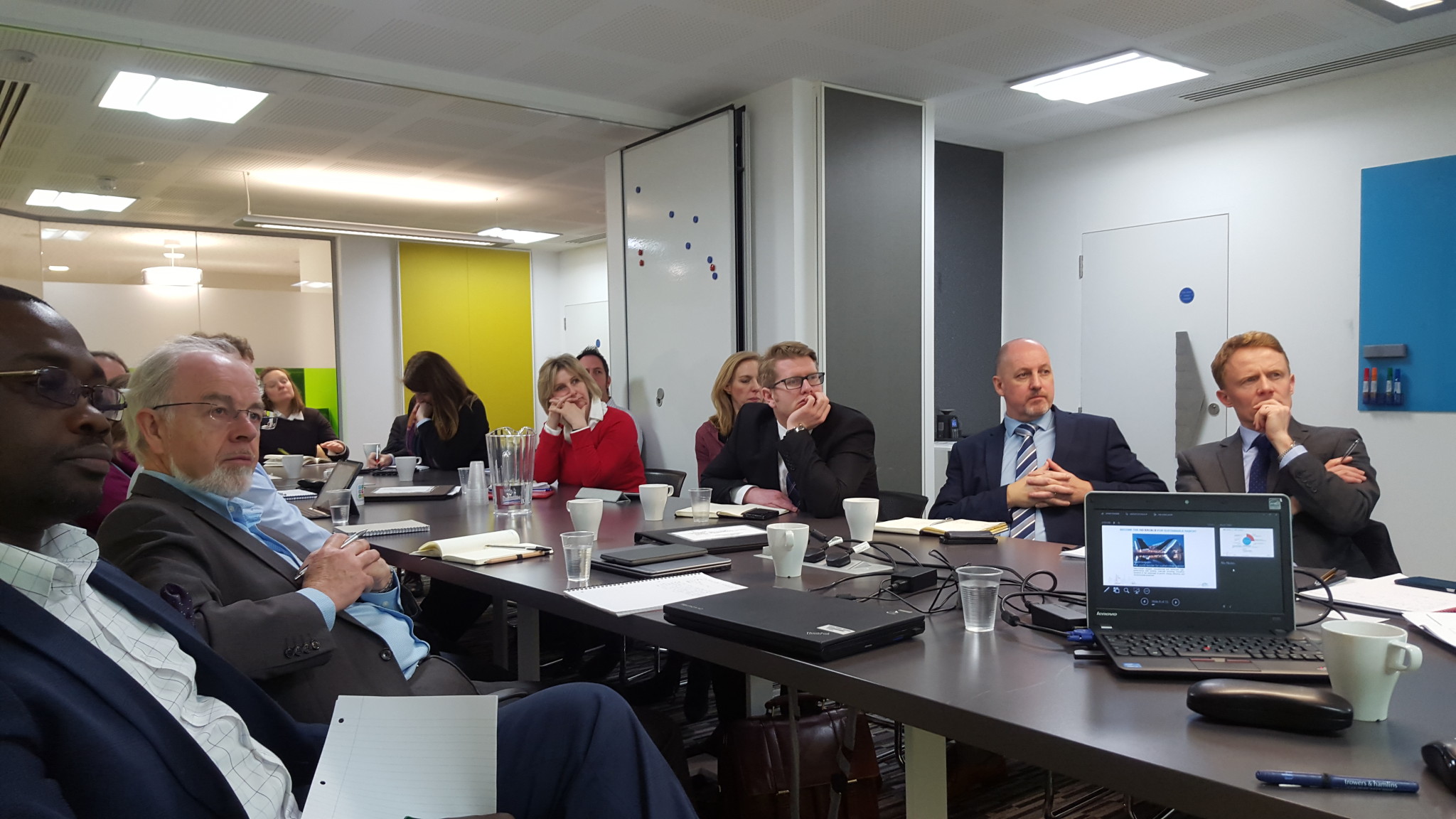The Constructing Excellence Sustainability Theme Group met on 25th February to explore the concept of “The Circular Economy in Construction”.
The concept if the circular economy is a move away from the linear model of “take, waste and make” to “one that is restorative and regenerative by design, and which aims to keep products, components and materials at their highest utility and value at all times, distinguishing between technical and biological cycles” . Clearly this is a challenge in construction which relies on fairly intensive energy and material waste by its nature.
Dr Paul Toyne of Balfour Beatty opened the session with some questions pointing the case for shifting toward a circular business model:
- What are the key resources/materials we need within the built environment?
- How much resources/materials do we need and for what?
- What happens if we cannot access them?
- What happens if they become too expensive or run out completely?
Paul gave a number of examples of where Balfour Beatty has implemented a circular approach. He freely admitted that not all of these could be described as pure examples of a circular economy, but more often than not this was due to dealing with existing infrastructure that simply wasn’t designed with the circular economy principles in mind. He gave examples that touch upon product life extension, material re-use; and circular design.
The group thought that all of these examples sat somewhere on a spectrum between good corporate social responsibility and full circularity. While the latter is better than the former, the perfect shouldn’t be the enemy of the good. One concern raised was that although there may be high diversion of waste from landfill, were all these materials being put to the best possible use – maximising their value? Also, partly due to falling commodity prices the secondary materials market had some failures which need addressing if we are to move towards a circular economy. Collaboration is key to matching supply with demand.
Dr Martyn Kenny from Tarmac presented next and sought to answer how we can collaborate as an industry to drive value in a circular economy, and how his company could move from just supplying materials to whole life solutions. The circular economy is a well-used phrase, but it just the latest buzzword? In Tarmac’s case they have high recycling rates, and are a net user of other peoples’ waste, but there is not enough of this to avoid using primary materials at the moment. There is also the logistic issue that high weight/low value materials like aggregate are not always in the right place at the right time to be reused optimally. Tarmac have a network of 44 recycling sites which they would like to let the rest of the industry benefit from. Sometimes there can be market resistance to products with high recycled content because of a misconception they should be cheaper or are lower value, but hopefully with better education with will shift.
Andy Turner from the hosts Saint Gobain talked about the increasing maturity of the company when it came to material efficiency such as the British Gypsum business developing a Revit plugin to eliminate waste at the design stage. British Gypsum has a well-developed take back scheme. The better the waste segregation on site, the better this sort of scheme can be. Although it might seem counter intuitive to encourage a customer to use less product, it should actually strengthen the relationship and be good for repeat business.
The participants of the session all agreed that there were opportunities,and were keen for another session to explore further. If you are interested please email [email protected]


Comments are closed.